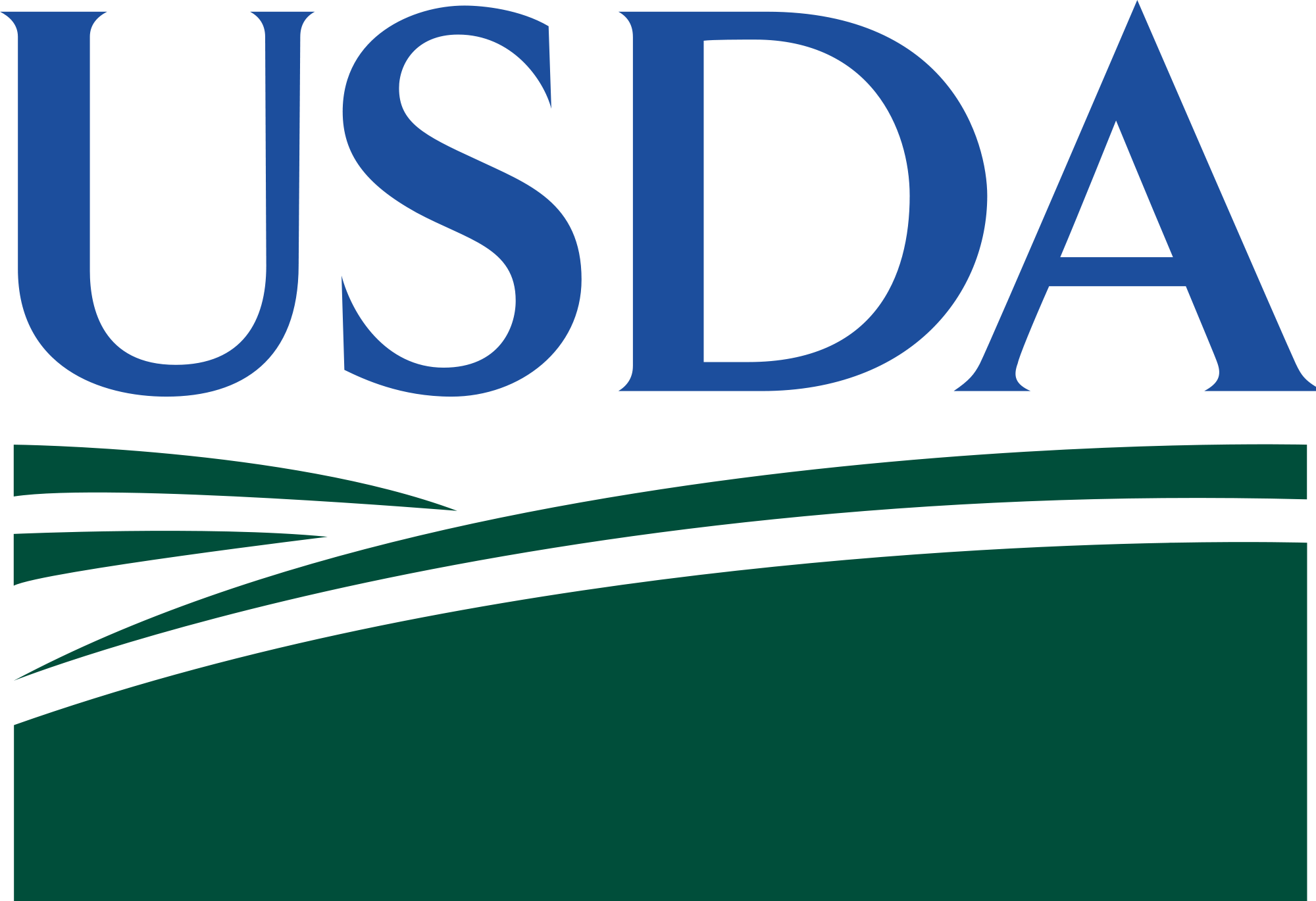USDA Plant Introduction Station (Miami, Florida) Records
Content Description
The USDA Plant Introduction Station Records consist of correspondence, notes, reports, plant inventories, photographs, lists, books, and drawings from files compiled by the Bureau of Plant Industry's plant introduction garden in Miami, Florida. The bulk of the files contain primarily notes, correspondence, clippings, and pamphlets on the subject of mangoes. There is also original and copy correspondence between David G. Fairchild and personnel at the Miami station. Other records include documents from Fairchild's 1939-1941 Pacific expedition, and notebooks of F. Wilson Popenoe recording his observations of mangoes in India. In addition, there are a few items related to the investigation of cryptostegia as an alternative source of rubber during World War II. The materials include binders with plant introduction reports on the following tropical crops: Annona (anona), artichoke, avocado, carob, chayote, lychee (litchi), mango, and papaya. There are also three volumes of supplemental reports on the Miami plant introduction station's activities, and a list of rubber-producing plants. Among the bound volumes are reports of David Fairchild's trips to the Miami station in 1913, 1914, and 1915.
Dates
- Creation: 1895-1951
- Creation: Majority of material found within 1908-1919
Conditions Governing Access
Contact Special Collections for access.
Organizational History
The U.S. Plant Introduction Garden in Miami, Florida, began in 1898 on six acres of rented land on Brickell Avenue. David G. Fairchild, chief of the USDA's Office of Foreign Seed and Plant Introduction, led an effort to build acclimatizing field stations for imported plant material in different regions of the country. He envisioned the Miami facility as a place to test, develop, and distribute plant material acquired around the world by USDA plant explorers.
The original garden soon became crowded, and in 1914 the USDA's Bureau of Plant Industry leased a supplemental parcel of 25 acres in the Buena Vista subdivision of North Miami. The operation quickly outgrew the combined Brickell and Buena Vista sites. On Fairchild's recommendation, the USDA obtained permission from the War Department to use part of the abandoned Chapman Field Military Reservation for the plant introduction garden. By 1926, the facility had been moved to Chapman Field. It was renamed the Subtropical Horticulture Research Station (SHRS) in 1972.
Total Size of Collection
9 letter_document_box
10 Volumes (10 bound volumes, unboxed)
5.75 Linear Feet (10 boxes)
Language of Materials
English
Genres
photographs
- Status
- Completed
- Description rules
- Describing Archives: A Content Standard
- Language of description
- Undetermined
- Script of description
- Code for undetermined script
Repository Details
Part of the National Agricultural Library Special Collections Repository
National Agricultural Library
10301 Baltimore Avenue
Room 309
Beltsville Maryland 20705 USA
301-504-5876
 An official website of the United States government.
An official website of the United States government.
